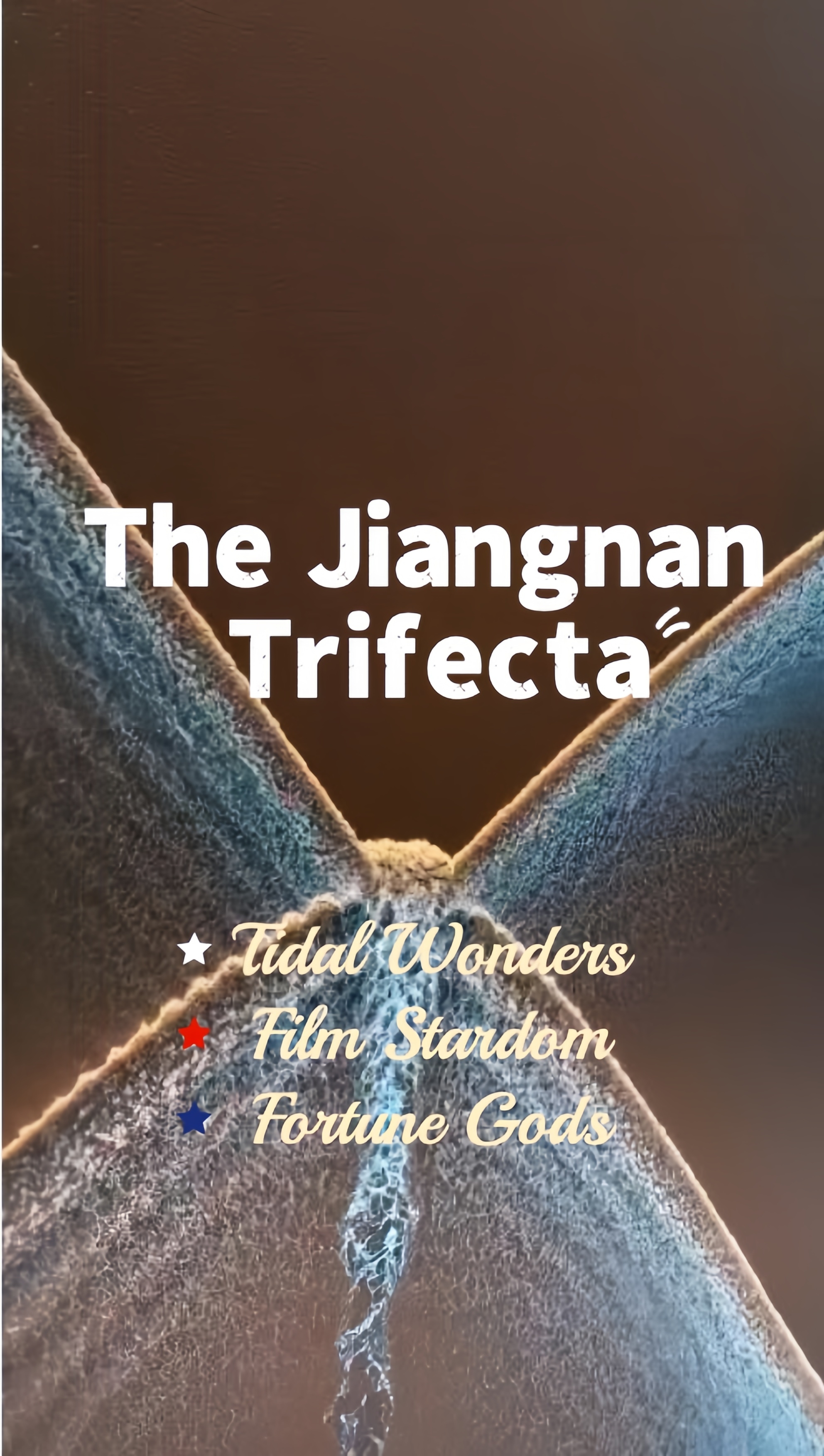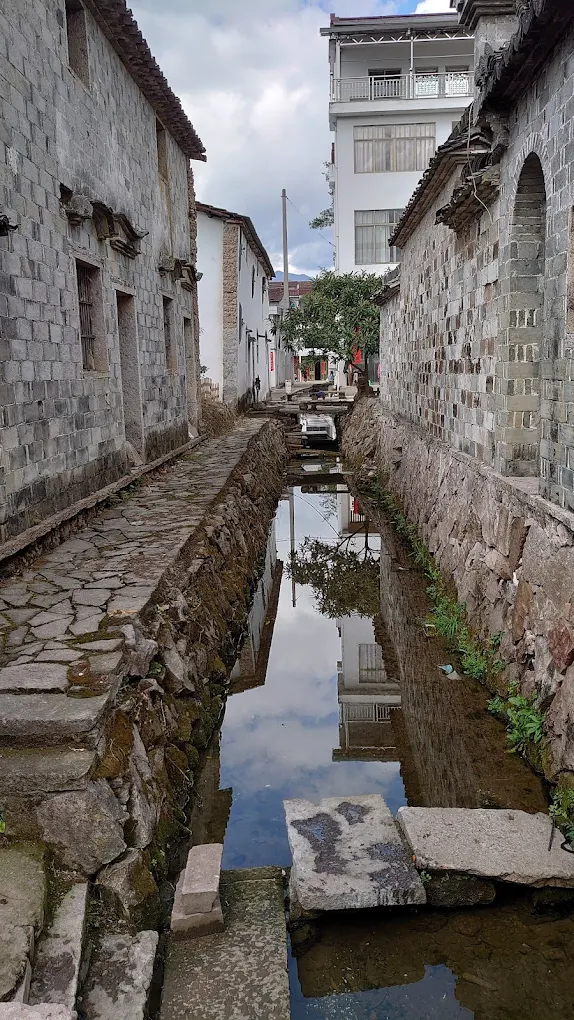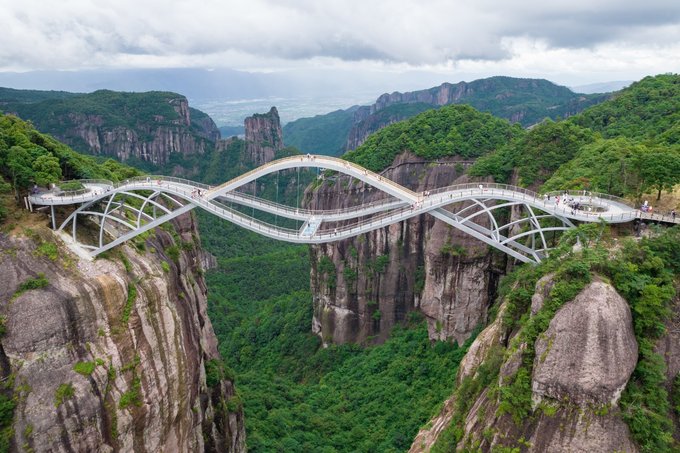

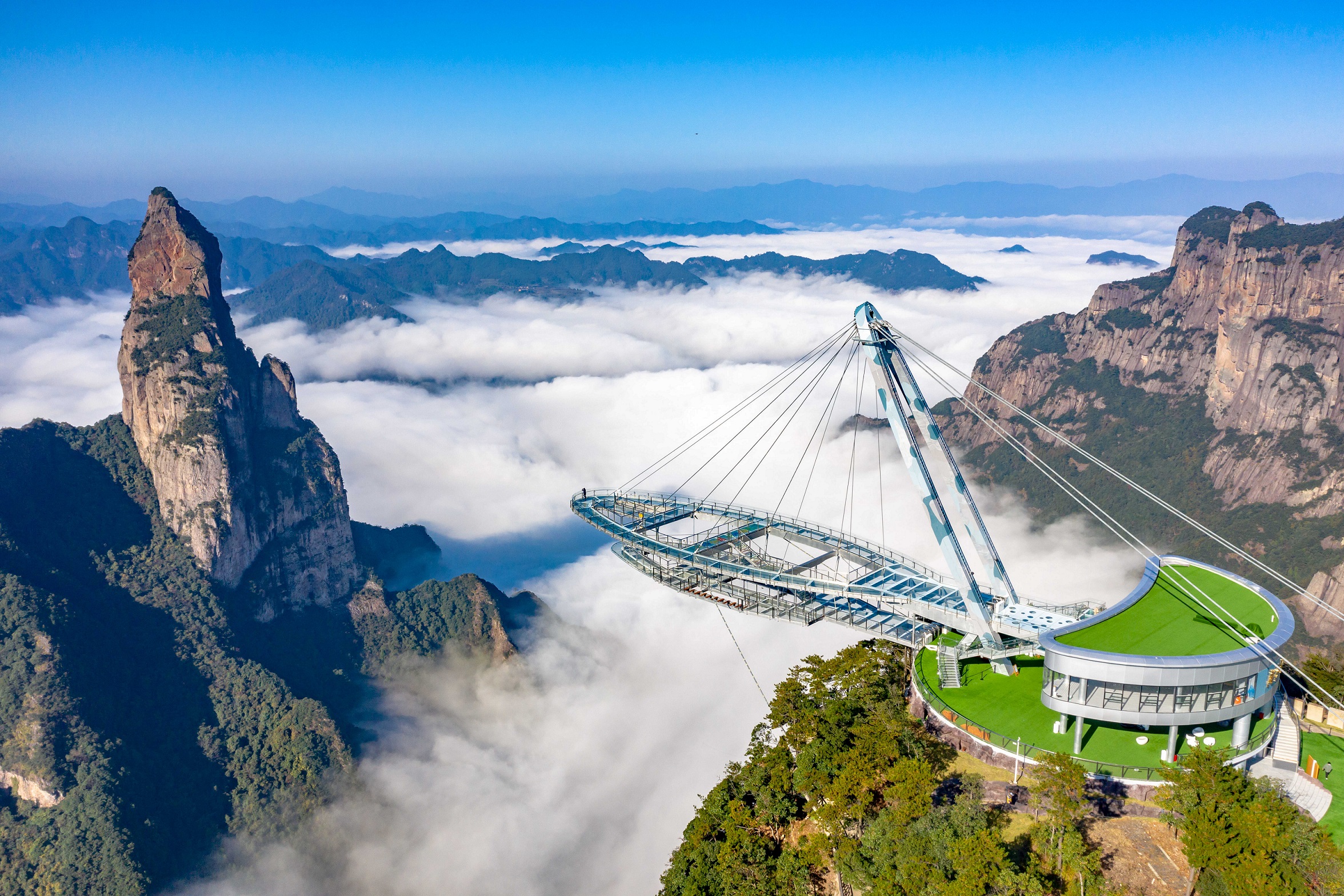
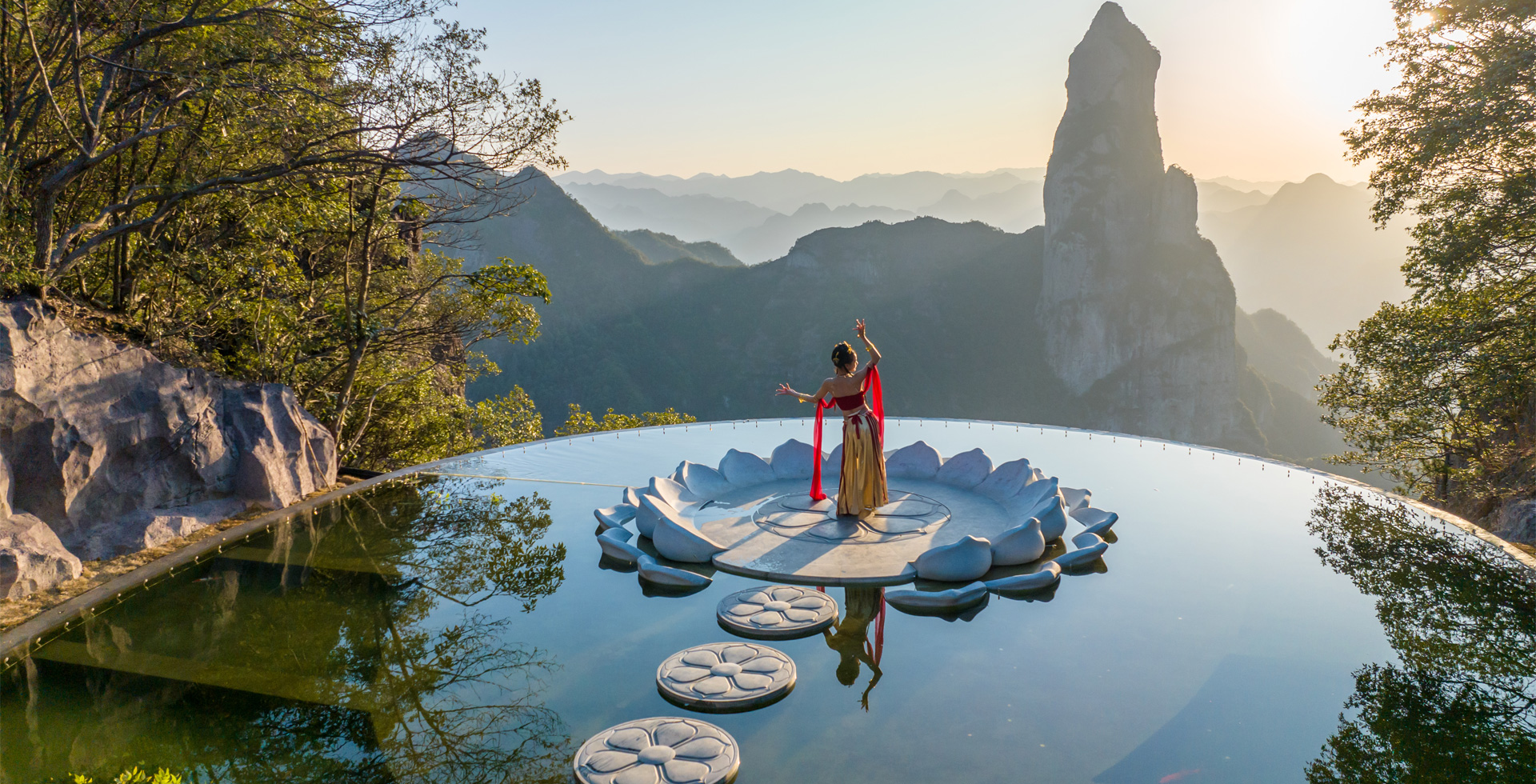
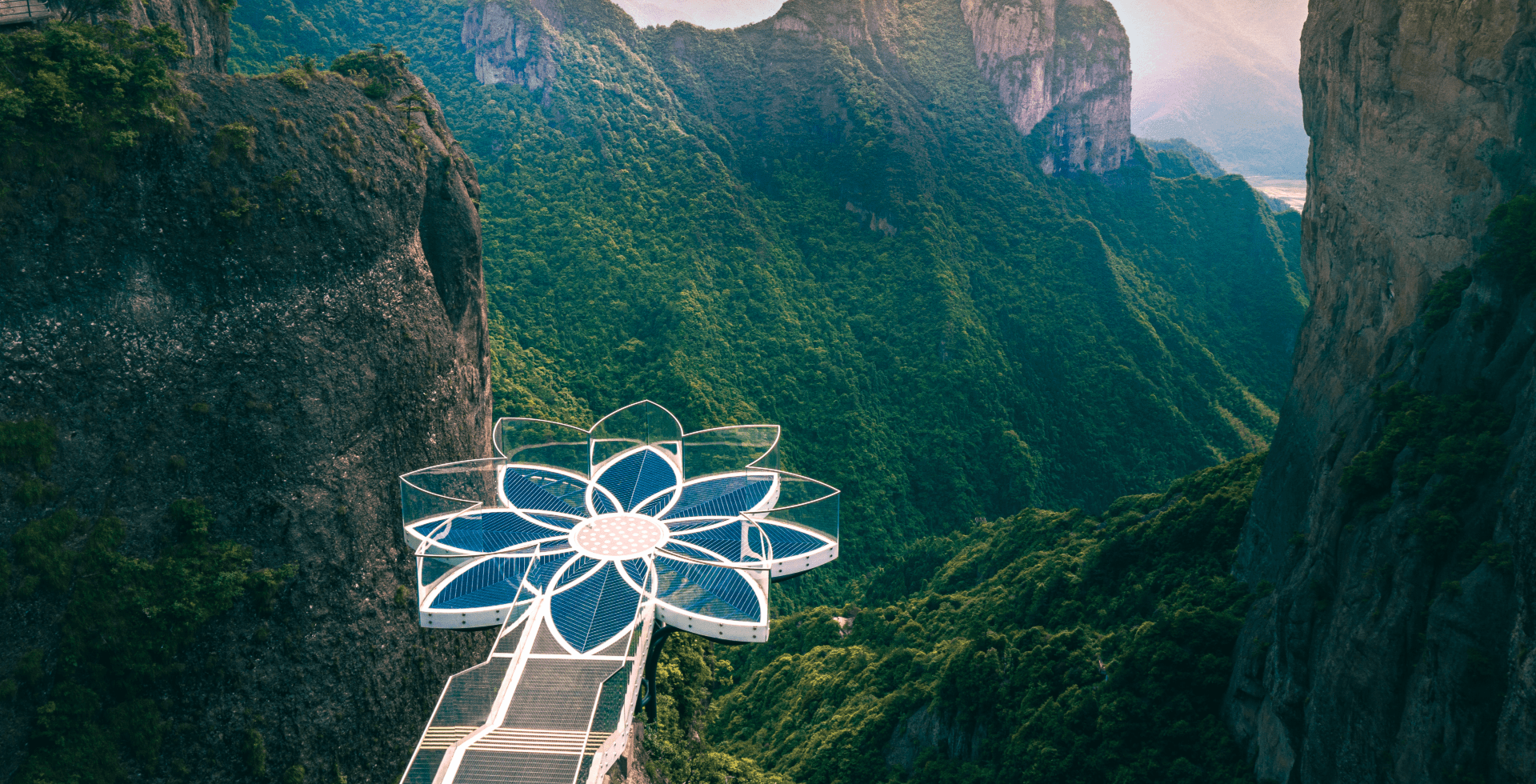
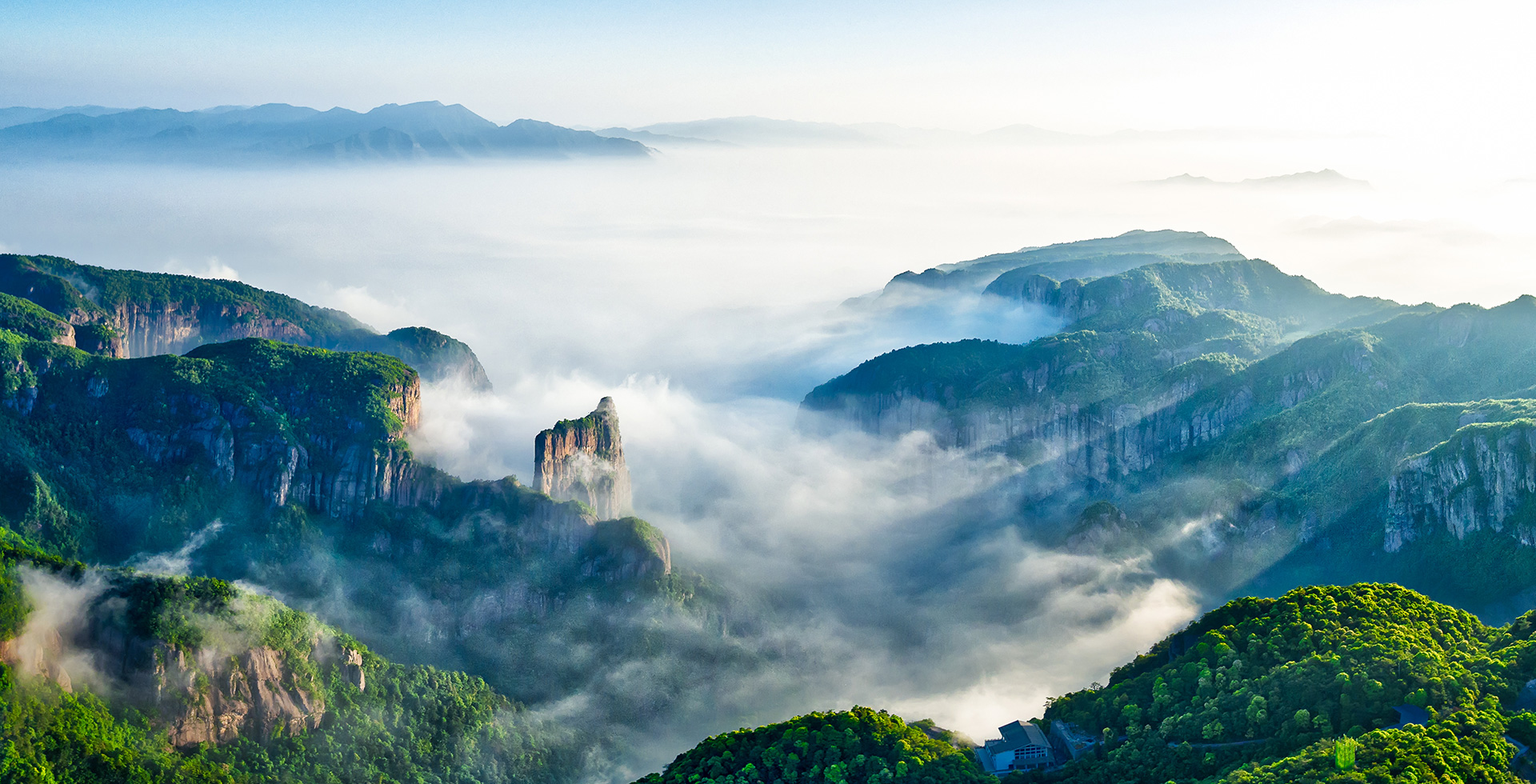
Shenxianju Scenic Area
The God Immortal Scenic Area in Taizhou City was originally named Xiyao Temple Scenic Area and is located in the Xianju National Park within Baota Town, Dianzhu Township, Xianju County, Taizhou City, Zhejiang Province. The God Immortal Scenic Area was established in 1998 and covers an area of 22.32 square kilometers. The ancient name of the God Immortal Scenic Area was Tianmu Mountain, also known as Weiqiang Mountain, and it belongs to the Kuxiang Mountain Range. The main peak is Daqinggang, with an altitude of 1,271 meters. Its human history can be traced back to the late Tang Dynasty. The geological structure of the God Immortal Scenic Area belongs to the South China Ancient Plate and is the largest volcanic trachyte landform cluster in the world. The God Immortal Scenic Area is located in the mid-subtropical monsoon climate zone, with warm and humid climate, abundant rainfall, sufficient sunlight, and a forest coverage rate of 93%. The main scenic spots include Xiyao Cishan, Jieyi Peak, Feiying Dao, Jiusi Pavilion, Nan Tian Bridge, Tiaodou Cliff, Huaxi Lake, Xianginiu Waterfall, Jiutian Flying Waterfall, Huibu Peak, Tianma Xingkong, Guanyin Cave, and Wenti Terrace, etc.
Information
Ticket price
Time
Location
Baita Town, Xianju County, Taizhou, Zhejiang, China
View maps
More about the trip
Overview of the Scenic Area
Shenshenjia is located in Xianju County, Taizhou City, Zhejiang Province. It is a 5A-level national scenic area, renowned for its volcanic trachyte rock landform and the spectacular cloud sea phenomenon. It also features perilous peaks, secluded valleys, and cascading waterfalls, and is hailed as "the last secret place in the south of the Yangtze River".
Key highlights include:
Geological Wonders: Typical volcanic rock columnar joint formations, creating natural Buddha-like shapes such as Guanyin Rock and Laozi Peak.
High-altitude Experiences: Ruyi Bridge (glass bridge with镂空 design), South Skytop Observation Platform (glass platform suspended over the air), Beihai Cableway (overlooking the canyon).
Ecological resources: Forest coverage exceeds 90%, including rare species such as southern cedars.
💡 旅行贴士
最佳季节:5-6月(杜鹃花海)、10-11月(秋色云海)。
必看体验:
南天顶玻璃观景台(海拔869米悬挑设计);
《神仙居》实景云雾演出(每日10:30/14:30,雨天取消)。
装备建议:防滑徒步鞋、防风外套(山顶温差大)、雨衣

